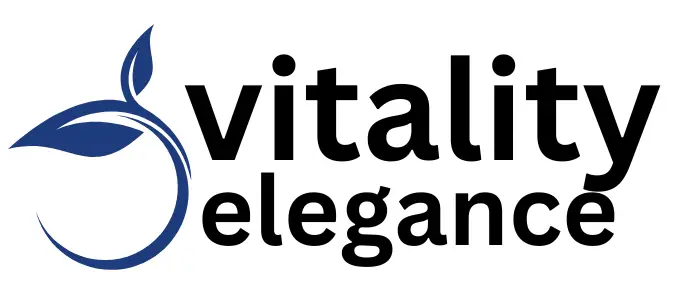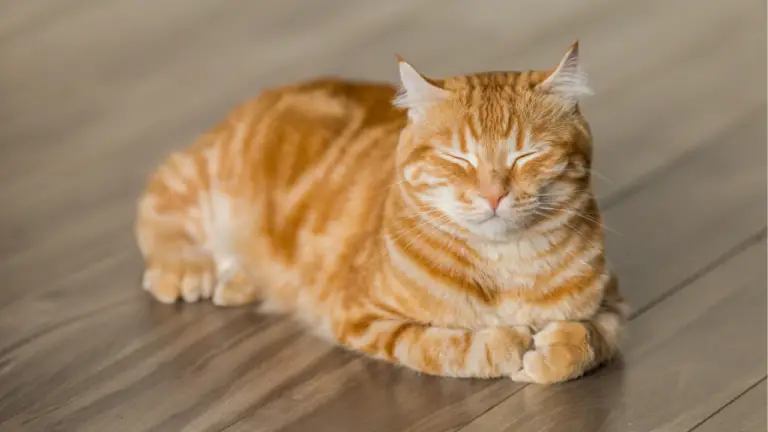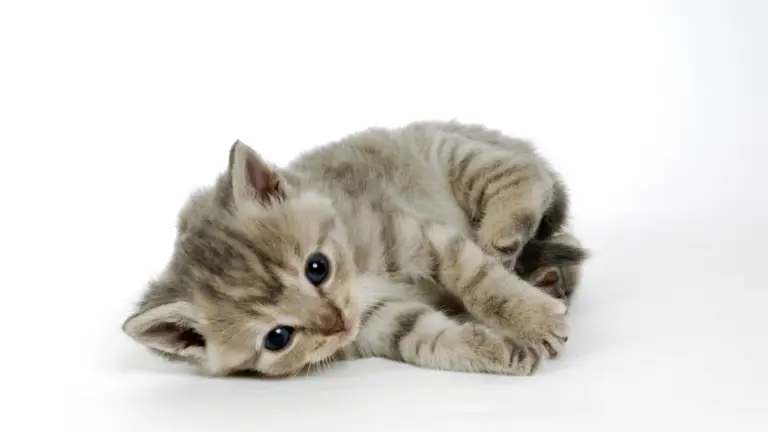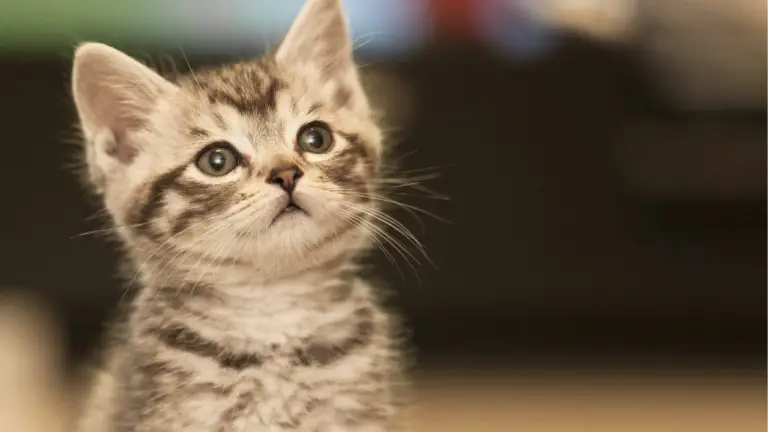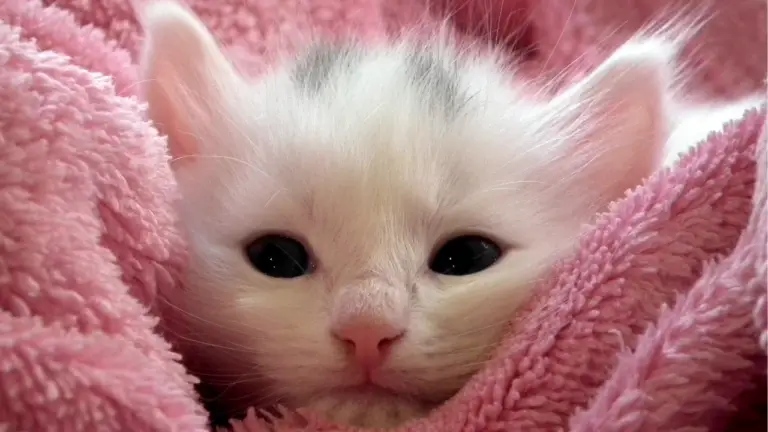How Much Food For Kitten?

Bringing a kitten into your home is an exciting and joyous experience, but it also comes with responsibilities. One of the most critical aspects of kitten care is ensuring they receive the right amount of food. Proper nutrition is essential for their growth, development, and overall health. Understanding how much food to give your kitten can set them up for a healthy and happy life.
How Much Food for a Kitten?
Kittens typically need to eat three to four times a day, consuming approximately ¼ to ½ cup of kitten-specific food per meal. As they grow, their nutritional needs will change, so it’s essential to adjust their diet accordingly.
Nutritional Needs of Kittens
Kittens have unique nutritional needs compared to adult cats. They require a diet rich in proteins, fats, and certain vitamins and minerals to support their rapid growth and high energy levels. High-quality kitten food is specially formulated to meet these requirements, ensuring they get the right balance of nutrients.
In the first few weeks of life, kittens rely on their mother’s milk or a specially formulated milk replacement. Around four weeks old, they can start weaning onto solid food. During this transition, it’s important to provide food that’s easy to chew and digest, such as wet kitten food or moistened dry food.
Frequency of Feeding
Young kittens, especially those under six months old, need frequent meals throughout the day. Typically, feeding them three to four times daily helps maintain their energy levels and supports their growth. Unlike adult cats that may do well with one or two meals a day, kittens’ smaller stomachs require more frequent feeding.
As kittens grow older, you can gradually reduce the number of meals. By the time they are six months old, two to three meals per day are usually sufficient. This gradual adjustment helps them adapt to a more mature feeding schedule while still meeting their nutritional needs.
Portion Sizes
Determining the right portion size for your kitten depends on their age, weight, and activity level. Generally, kittens will consume about ¼ to ½ cup of kitten food per meal. It’s crucial to follow the feeding guidelines provided on the food packaging as a starting point and adjust based on your kitten’s growth and appetite.
Monitoring your kitten’s weight and overall health is essential. If you notice that your kitten is gaining weight too rapidly or appears overweight, you may need to reduce the portion sizes slightly. Conversely, if they seem underweight or are not growing as expected, you might need to increase the amount of food.
Transitioning to Adult Food
Kittens should be transitioned to adult cat food around their first birthday. This transition should be gradual, over a week or two, to avoid digestive upset. Start by mixing a small amount of adult food with their kitten food and gradually increase the adult food proportion while decreasing the kitten food.
Adult cat food has different nutritional profiles, so making this switch is important to ensure your cat receives the appropriate nutrients for their age and lifestyle. Consult with your veterinarian for recommendations on the best adult cat food for your feline friend.
Monitoring and Adjusting Diet
Regular veterinary check-ups are crucial during your kitten’s first year. These visits help ensure your kitten is growing appropriately and receiving the necessary nutrients. Your vet can provide personalized feeding recommendations based on your kitten’s specific needs and any health concerns.
Additionally, observe your kitten’s behavior, weight, and overall health regularly. Active and playful kittens with a healthy weight are typically receiving the right amount of food. Any significant changes in weight, appetite, or activity levels should prompt a review of their diet and a consultation with your veterinarian.
